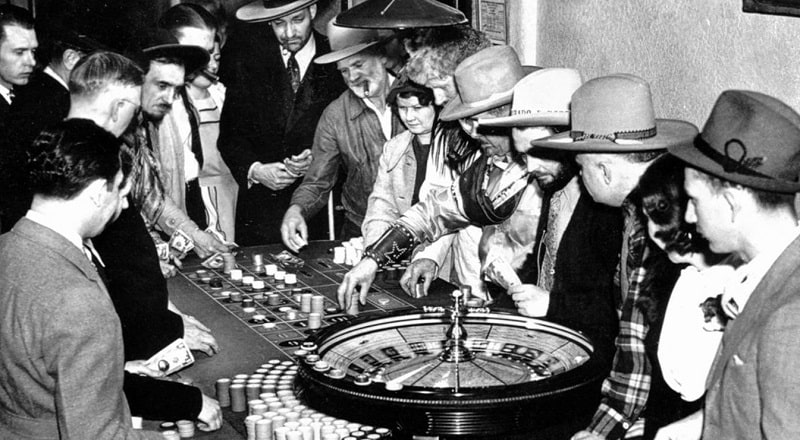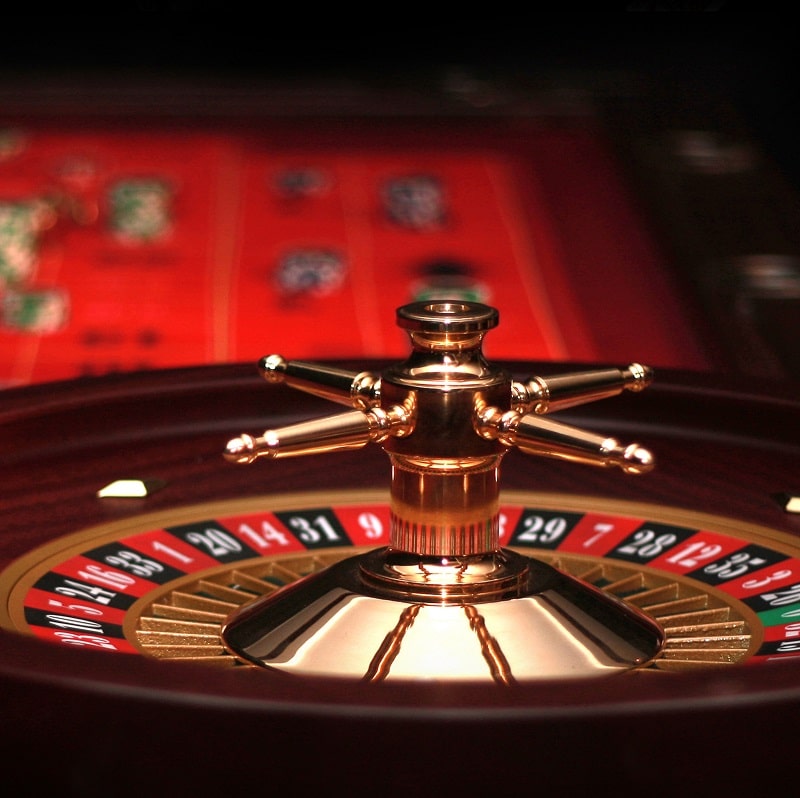Historians and scientists do not know exactly when and by whom roulette was invented. Some believe it appeared a few hundred years ago, while others reckon it’s been around for millennia. The situation is worsened by the lack of documentary evidence of the theories of its origin.
Stages of roulette’s origin
A round, spinning disc was used for divination as far back as the Romans during the reign of Emperor Augustus. The object was attached to a vertically placed pin. For divination, lots were thrown into it. The round shield was also used in ancient Greece. It was attached to the sharp end of a sword. North American Indians used to draw a circle on the ground. Then a spinner was placed in its centre, which had an arrow on it. It was she who pointed to future events.
The Chinese version
About 1,000 years ago the monarchy of Tibet invented the principle of roulette. The game was played on a circular playing field, which was divided into 666 squares. Also used were 37 statuettes of different animals. They were installed along the edge of the playing field.
The Dominican monks borrowed the idea of the game from Tibet and modernized it. They replaced the animal figurines with numbers from 0 to 36. The result is a game that looks a lot like modern roulette.

A variant from France
The first gambling houses in France were opened in the 18th century. It was during this period mentions the appearance of the first version of roulette, called “Hoca”. It was characterized by a playing field, which had 40 cells with numbers. There was also a wheel with spokes in the centre. When it was spinning, a ball was thrown into it. The spokes were needed for it to roll into one of the cells. As in the modern version, Zero was present on the French playing field. However, it was occupied by as many as three cells.
There is another version of the emergence of roulette. According to her, the ancestor of the game was a game called “odd-odd”. Entertainment was performed using fixed large bowl, inside which there was a digital markup. When a ball was thrown into it, it would rotate along its edge. If it stopped on one of the black holes, the player won. Otherwise, the money went to the institution. Total number of wells in the bowl was 40 pieces.
Authors of roulette
According to one version roulette was invented by Blaise Pascal. He was a philosopher and mathematician. Pascal used a wheel and a ball while developing a ‘perpetual motion machine’. He failed to create the mechanism he wanted but Blaise is credited with inventing roulette.
Another version is that the game was invented by French policeman Gabriel de Sartinu. Its development he began because he wanted to invent an entertainment that would be an alternative to the cards. After all, in XVIII century in France, a huge number of card cheats.
Roulette development
During the reign of Catherine II, roulette was played in the palaces and in the kitchen. The game also enjoyed great popularity in France. They stopped playing it only after the Revolution of 1789, as gambling was forbidden in the country.
Zero appeared on the wheel for the first time in 1842. This sector was invented by the Blank brothers. Roulette became a popular game in casinos, the first of which was opened in Monaco in 1861. The Principality became the gambling capital of Europe.
Roulette came to America with migrants from France. The game was slightly modernized. In American version, the wheel consisted of only 31 cells. After a while it had two Zeros on it, when the European version has one. There is also a roulette wheel called ‘Bull’. It does not have Zero.
Nowadays the rotation of the roulette wheel is controlled by special electronic sensors. They allow to exclude fraudulent actions on the part of casino staff.

